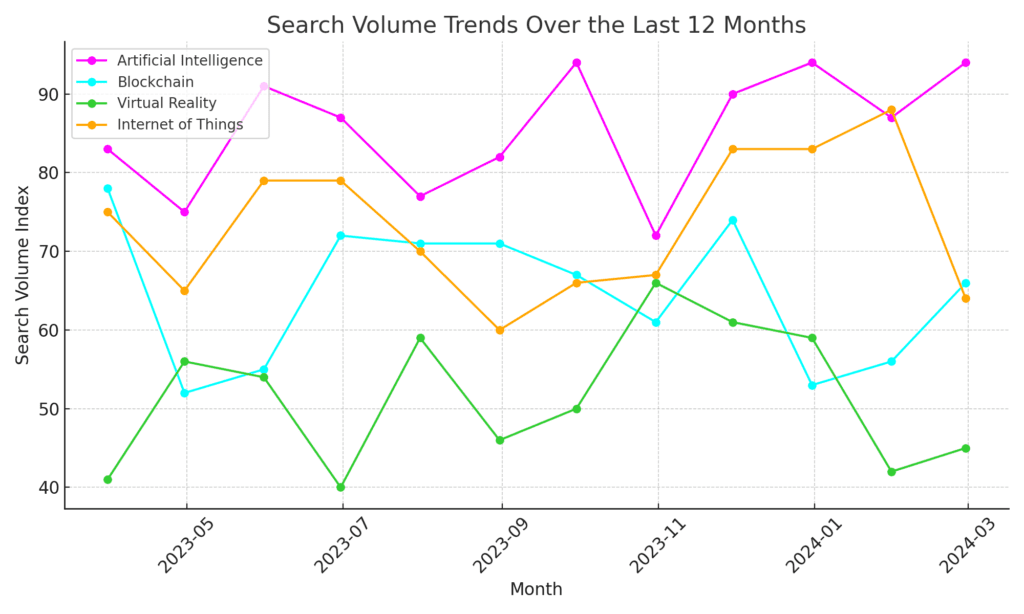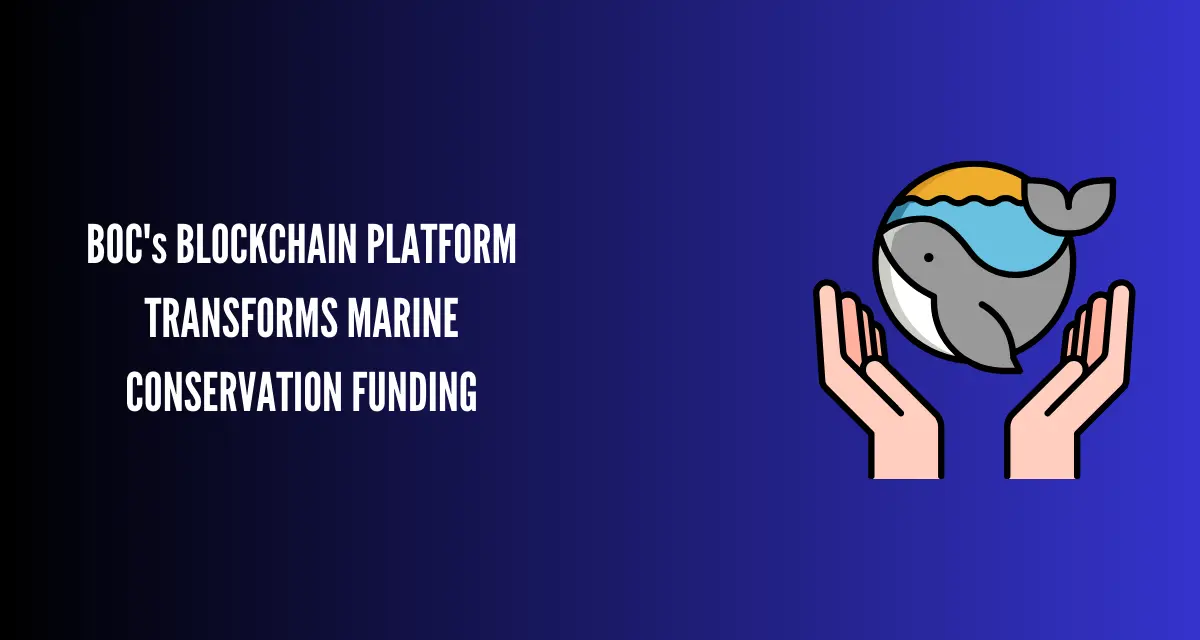In today’s digital landscape, creating content that synchronizes with your audience is important. But how do you ensure your content is timely, relevant, and engaging? Enter Google Trends, a powerful tool that offers insights into the world’s search behavior. This guide will walk you through leveraging Google Trends for content ideation, ensuring your strategy is data-driven and effective.
Why Use Google Trends for Content Ideation?
Identify Trending Topics
One of the most compelling reasons to use Google Trends is its ability to uncover trending topics. This is invaluable for content creators aiming to produce material that captures the current trends. By focusing on what’s currently capturing the public’s interest, you can create content that’s more likely to be searched for, read, and shared. This not only boosts your content’s visibility but also its engagement, as you’re tapping into topics with a built-in audience eager for information or insights.
Understand Audience Interests
Google Trends goes beyond simple trend spotting; it offers a window into the mind of your target audience. By analyzing search trends, you can obtain insights into what your audience is truly interested in, their concerns, questions, and curiosities. This deeper understanding enables you to create your content more effectively, ensuring it connects with your audience on a more meaningful level. Well made content is more likely to engage readers, keep them on your page longer, and encourage them to explore your site further.
Predict Future Trends
Perhaps one of the most strategic uses of Google Trends is its ability to help predict future trends. By analyzing patterns and the path of current trends, you can anticipate what topics are likely to become popular in the near future. This foresight allows you to prepare and publish content right as a topic is gaining momentum, positioning your content to be one of the primary sources of information on rising trends. Being ahead of the curve not only sets you apart from competitors but also establishes your brand as a thought leader in your niche.
How Google Trends Can Be Used For Content Ideas
Utilizing Google Trends effectively requires a strategic approach. Here’s how to use its power for your content ideation process.
Setting Up Google Trends
First, go to the Google Trends website. Input a keyword related to your niche into the search bar to begin. This initial search will give you a broad overview of the interest over time for that keyword. However, the real magic happens when you start to refine your search. Use the available filters to narrow down your search by region, time frame, category, and type of search (e.g., web search, YouTube). This structured approach helps you uncover specific insights relevant to your target audience and content goals.
Analyzing Trends Data
Once you have your refined search, it’s time to dive into the data. Look for patterns that indicate rising interest in a topic or consistent seasonal peaks. These patterns are indicators of what content will likely match with your audience. Additionally, explore the “Related queries” section to uncover associated topics that are gaining traction. These can provide ideas for related content that complements your primary topic, offering additional value to your audience.
Applying Insights to Content Strategy
With your trends data in hand, the next step is to brainstorm content ideas that align with the insights you’ve gathered. If you’ve identified a rising trend, consider how you can create content that adds new perspectives or valuable information to that conversation. For topics with seasonal interest, plan your content calendar to publish relevant pieces at the peak of their popularity. Lastly, use the related queries as inspiration for additional content pieces, FAQs, or to enrich existing content with updated information.
Viral Content Creation
A compelling example of Google Trends in action is seen in the digital marketing sphere. Consider a scenario where a digital marketing agency identifies an developing technology trend through Google Trends. Inspired by this insight, they craft a series of blog posts that explores the details of this trend. The result? Their content goes viral, driving significant traffic to their site. This strategy mirrors the success stories shared on platforms like HubSpot, where marketers discuss leveraging trending topics to capture audience interest.
Increased Engagement
Another illustrative example involves an online lifestyle magazine focusing on fashion. By using Google Trends to monitor and predict seasonal fashion interests, they’re able to produce content that aligns perfectly with their audience’s search behavior. The outcome is a dramatic increase in engagement, as measured by page views and social shares. This approach is similar to strategies discussed in Content Marketing Institute articles, where content customized to audience interests leads to higher engagement levels.
Tips for Maximizing the Potential of Google Trends

To fully leverage the power of Google Trends in your content strategy, consider these practical tips. They’re designed to help you extract the most valuable insights and translate them into impactful content.
Regular Monitoring
Consistency is key when it comes to monitoring trends. Set a routine to check Google Trends regularly—daily, weekly, or as often as your content schedule demands. This habit ensures you’re always in the loop with the latest trends and can quickly turn your content strategy to capitalize on forming topics. Tools like Google Alerts can complement your efforts by sending you notifications on specific keywords or topics, keeping you informed without constant manual checks.
Keyword Exploration
Explore beyond your immediate niche keywords. Google Trends can reveal related topics and queries that you might not have considered but are still relevant to your audience. This broader approach can uncover hidden opportunities and inspire content that differentiates your brand from competitors. For instance, if you’re in the travel industry, looking into related lifestyle or environmental trends could provide a fresh angle for your content.
Common Mistakes to Avoid
While Google Trends is a powerful tool for content ideation, there are common pitfalls that can undermine its effectiveness. Being aware of these mistakes can help you navigate more successfully through your content strategy.
Ignoring Regional Trends
One of the most significant advantages of Google Trends is its ability to drill down into regional search trends. Overlooking this feature can lead to missed opportunities for localized content that touches with specific audiences. Adjusting your content to reflect regional interests or seasonal trends can significantly enhance its relevance and appeal. For instance, a topic trending in one country might not have the same progress in another, so adjust your content strategy accordingly to fulfill your target demographics.
Chasing Fleeting Trends
While jumping on the trend of a rapidly trending topic can sometimes pay off, founding your content strategy only on these temporary trends can be risky. It’s essential to differentiate between short-lived passions and trends with lasting potential. Focus on creating evergreen content enriched with timely topics, ensuring your content remains valuable long after the initial hype has faded. Tools like the Google Trends Explore tool can help identify the longevity of a trend.
Overlooking the Context Behind the Data
Google Trends provides quantitative data, but interpreting this data without considering the qualitative context can lead to misguided content decisions. It’s vital to understand why a particular search query is trending and the intent behind it. This understanding can influence not just what content you create but how you frame it. Engaging with your audience through comments or social media can provide additional insights into their interests and how they align with trending topics.
Conclusion
Using Google Trends for content ideation is a powerful strategy for staying ahead in the competitive landscape of digital content creation. By understanding and applying the insights from Google Trends, you can ensure your content is timely, relevant, and deeply matches with your audience’s current interests and needs. This guide has walked you through the essential steps and strategies for integrating Google Trends into your content ideation process, from understanding the tool’s capabilities to avoiding common traps and integrating with other SEO tools for a complete approach.
Author

Sophie is our seasoned SEO Expert , navigating the intricacies of algorithms with finesse. With a wealth of experience, she ensures your digital presence ascends to the top ranks, one optimized keyword at a time.
View all posts






